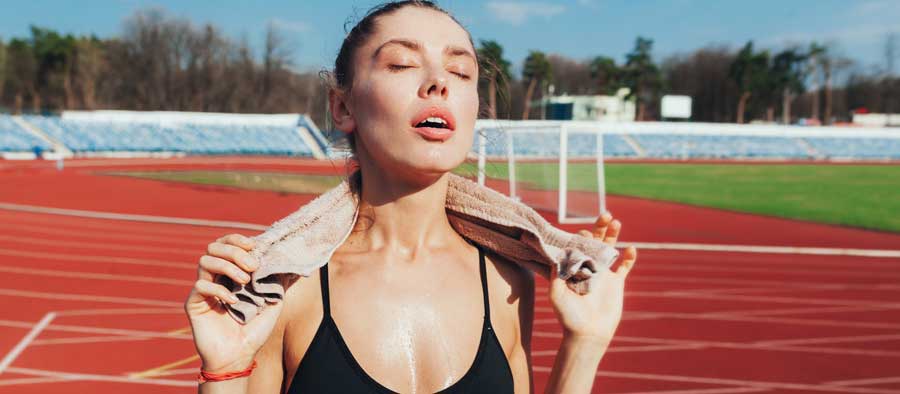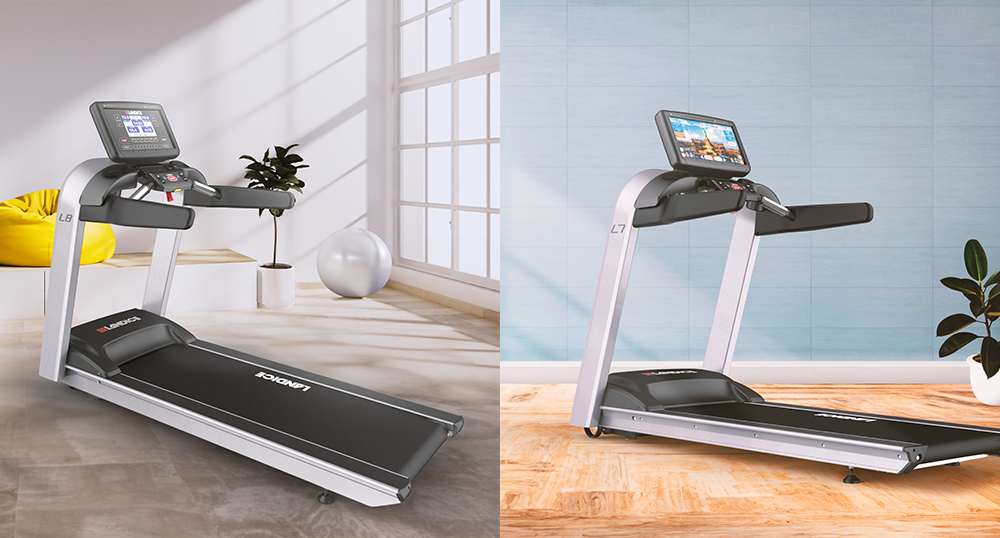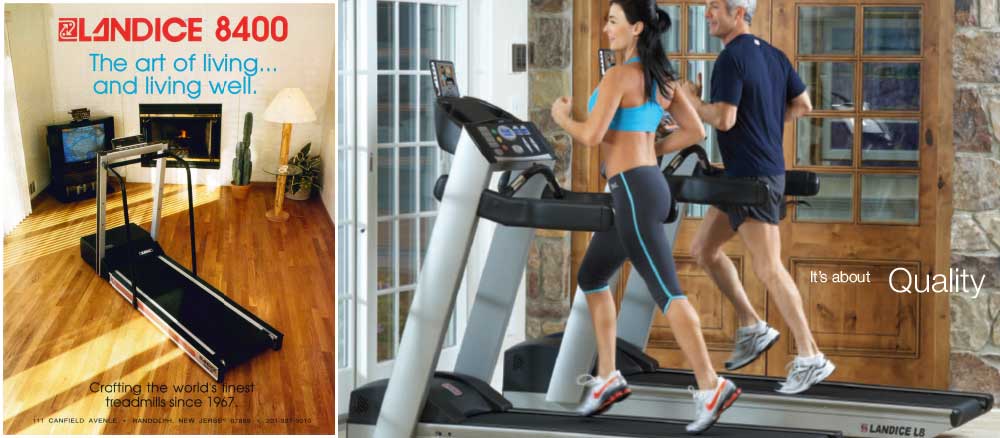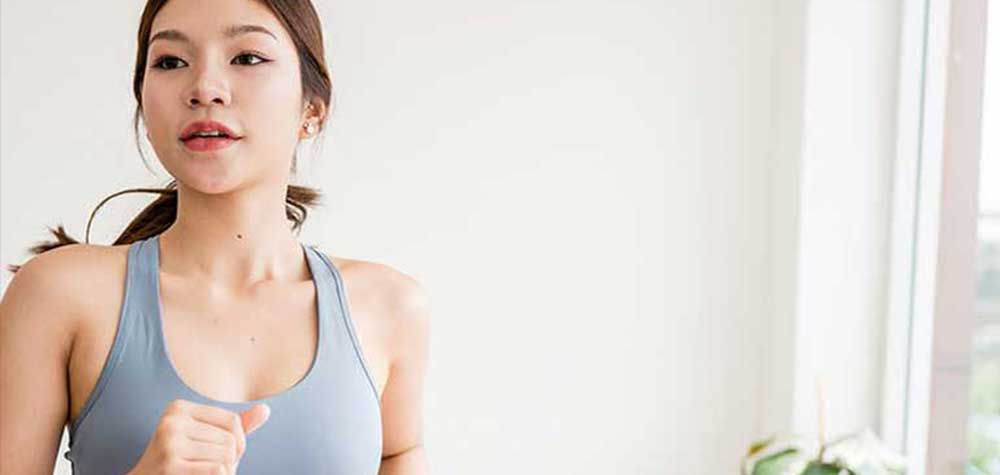9 Hacks That Will Help You Beat the Heat
August 13, 2019
Think back to those cold, cold days of winter and try to recall those thoughts and pleas for warmer weather. While some of us enjoy the frigid temperatures and just wilt at the thought of the sun beaming down on us, summer is here and we have to deal with it.
With ninety degree temperatures and heat advisories becoming a standard fixture across the country, you need to be careful. Physical activity at temperatures above 85°F/30°C noticeably strains your body and cardiovascular system. The heat also makes your body temperature rise. Your body reacts with higher sweat production, your heart rate increases, and your blood vessels dilate. Dehydration, heat exhaustion and heat stroke are dangerous conditions and can occur quickly.
Hot enough for you? Here's what you should do:
Hydrate
Seems obvious, right? Mild dehydration during exercise is a normal state. Your best approach to hydration is to drink enough water throughout the day, even on rest days.
The simplest gauge is to drink enough water so that your urine remains pale yellow. While running for more than 30 minutes, make sure you bring water with you.
If you are running for 60 minutes or longer, take water or a sport drink to replace the fluids lost through exercise. The reason for this is our bodies lose salt through sweat. Replacing fluid loss with just water can lead to overhydrating because water does not replace the salts. Sport drinks contain electrolytes that can easily meet this need.
Start Slower
Give your body time to adjust to the higher temperatures. Avoid intense training sessions during the first few really hot days and start off slowly. Increase your workout intensity step by step and let your body acclimate.
Avoid Midday Runs
Choosing the right time of day for your training runs or races is vital during the summer months. Avoid running in the midday heat and head out in the morning or evening instead. At that time of day, it’s not only cooler, but there’s also less ozone in the atmosphere. High ozone values can irritate your eyes and airways.
Plan Your Route
If you are running solo, let someone know where you will be running and when you will be back. Carry a phone and identification in case of an emergency, just to be on the safe side. A run or workout in the woods is a lot of fun, adds variety to your training, and offers needed shade. At the same time, you will be forced to run slower on rough terrain, which will give your heart a break.
Dress Right
The appropriate workout clothes can protect your skin from UV rays, even better than some sunscreens. Go for a loose fit and moisture-wicking materials for both your shirt and shorts to prevent heat from building up under your clothes. Running in cotton clothing is counterproductive, because it absorbs your sweat without wicking it away, plus, it doesn’t dry. The right material can help you avoid trapping the heat next to your body. See our post on wool. Make sure you choose light colors. They reflect the sunlight and don’t store the heat. Shirt and shorts are just part of your outfit, though. A cap or light scarf can protect your head while keeping your face in the shade. Last but not least, wear sunglasses with UV protection.
Keep Your Face Covered
Swap your hat for a visor or headband. Wearing a hat traps heat inside our bodies, which is a great strategy in the winter.
Protect Your Skin
Cover all skin that is exposed to the sun with waterproof sunscreen (due to the sweat). The sun protection factor (SPF) tells you how long the sunscreen extends your skin’s own natural protection time. How much sunscreen you need depends on your skin type, the time of day, and current UV levels. Don’t forget to rub some on your neck, the back of your knees, and your ears! I prefer the "sport" lotions since I find they don't run into my eyes when the sweat begins to turn on.
Mineral Enrichment
Wholesome foods rich in vitamins and minerals should be a regular part of your meal plan the whole year round. But when it’s hot outside, your body loses more minerals than usual due to sweating. Since your body can’t produce these on its own, they have to be obtained through the food you eat. Foods such as bananas, dried apricots and whole grain products are ideal for replacing lost minerals and make great post-workout snacks. Also, see electrolytes above.
Run Indoors
Remember that icy winter that forced runners onto their treadmills? Your treadmill or one at the gym  is a perfect substitute for a regular run. (Check out Landice's great summer sales.) But, if you are not prepared to run in 95-degree temperatures, it is a safer alternative to dehydration or heat exhaustion.
is a perfect substitute for a regular run. (Check out Landice's great summer sales.) But, if you are not prepared to run in 95-degree temperatures, it is a safer alternative to dehydration or heat exhaustion.
Another thing to consider when the pavement is baking your feet, is biking. This is a good way to supplement your running training and enjoy the cool breeze. And if you are fortunate enough to jump into a lake, pool or ocean, this is a great place to do some aqua-jogging, and stay cooler at the same time.
.png?width=258&height=54&name=Landice_logo%20(1).png)




